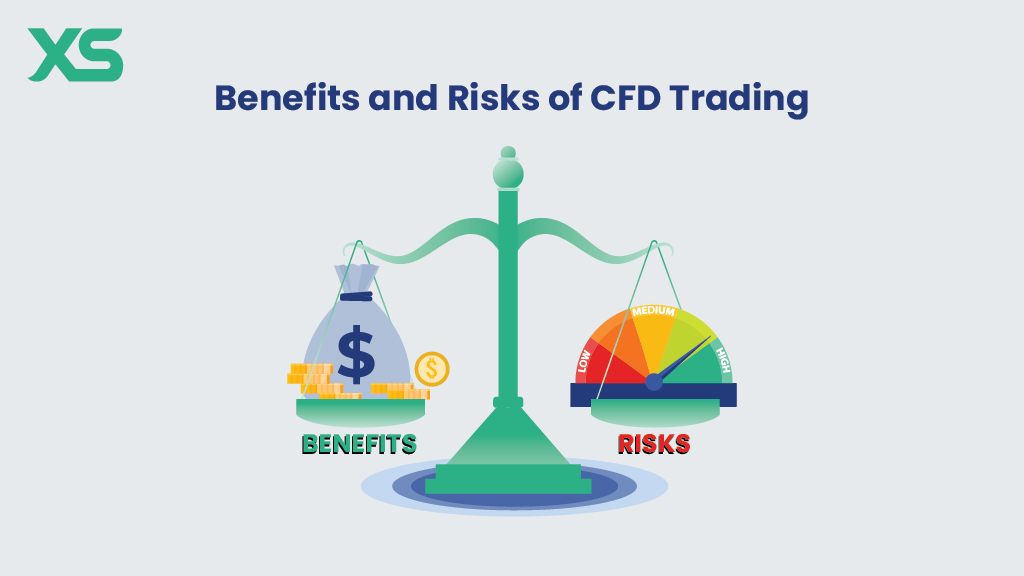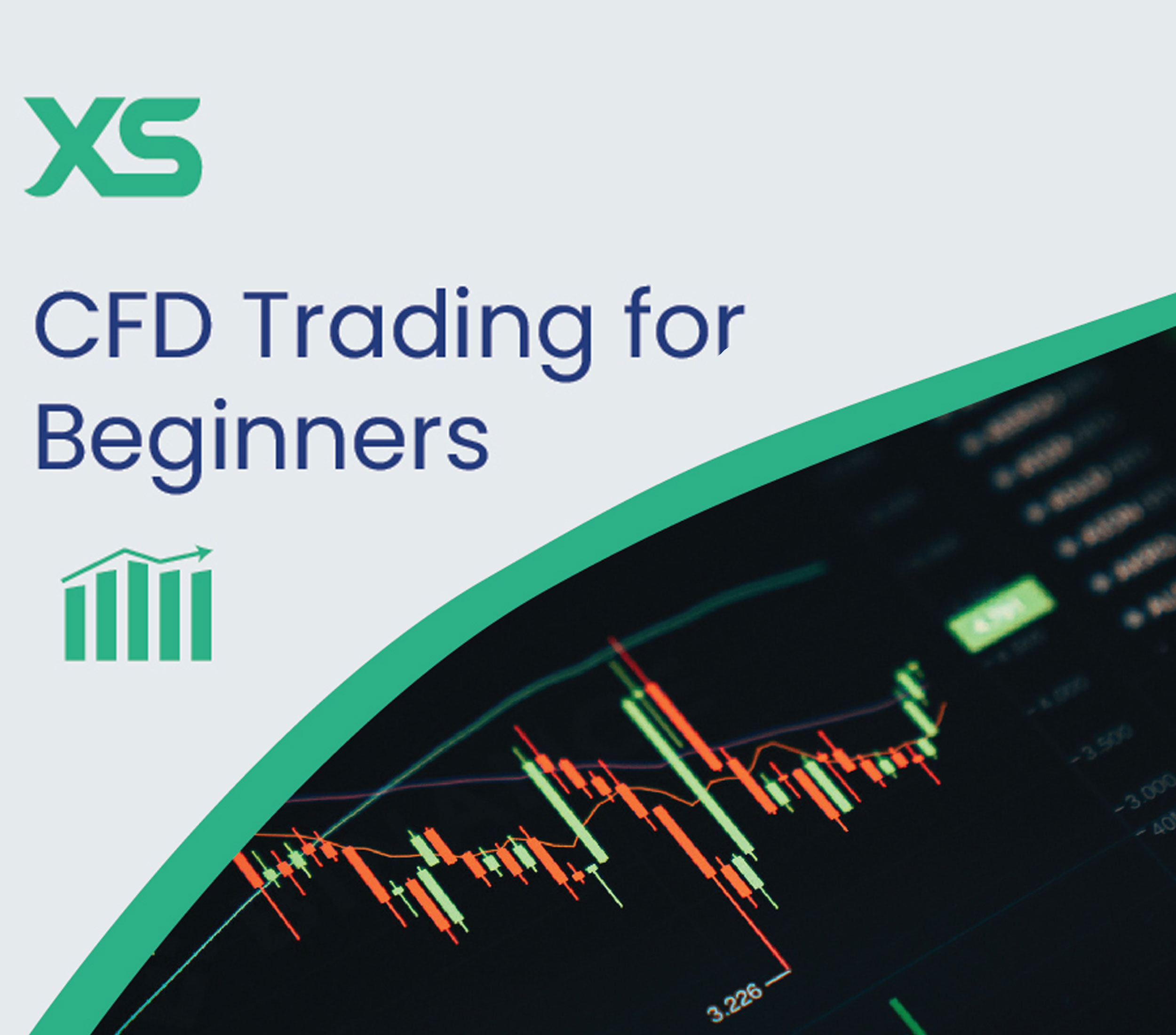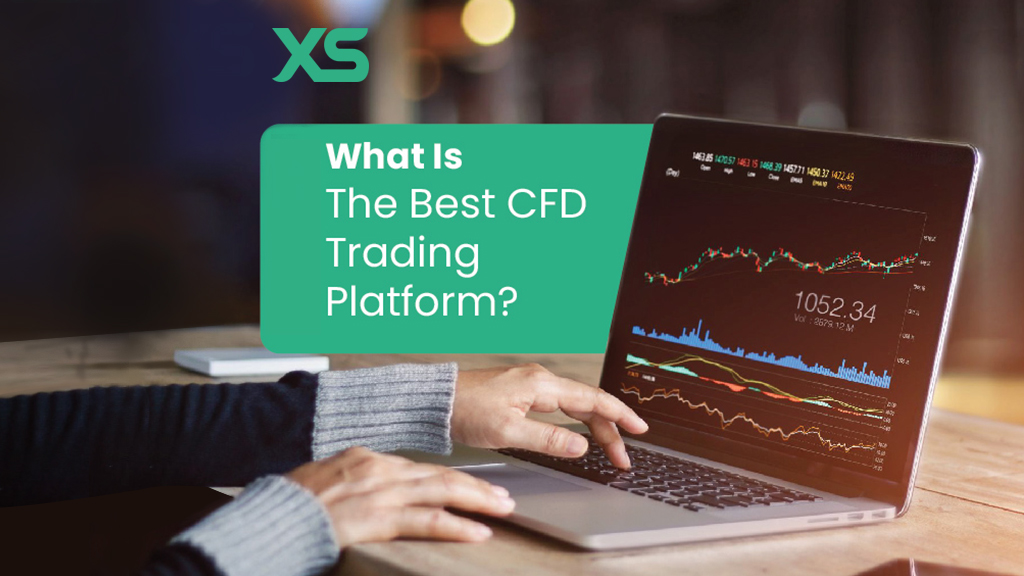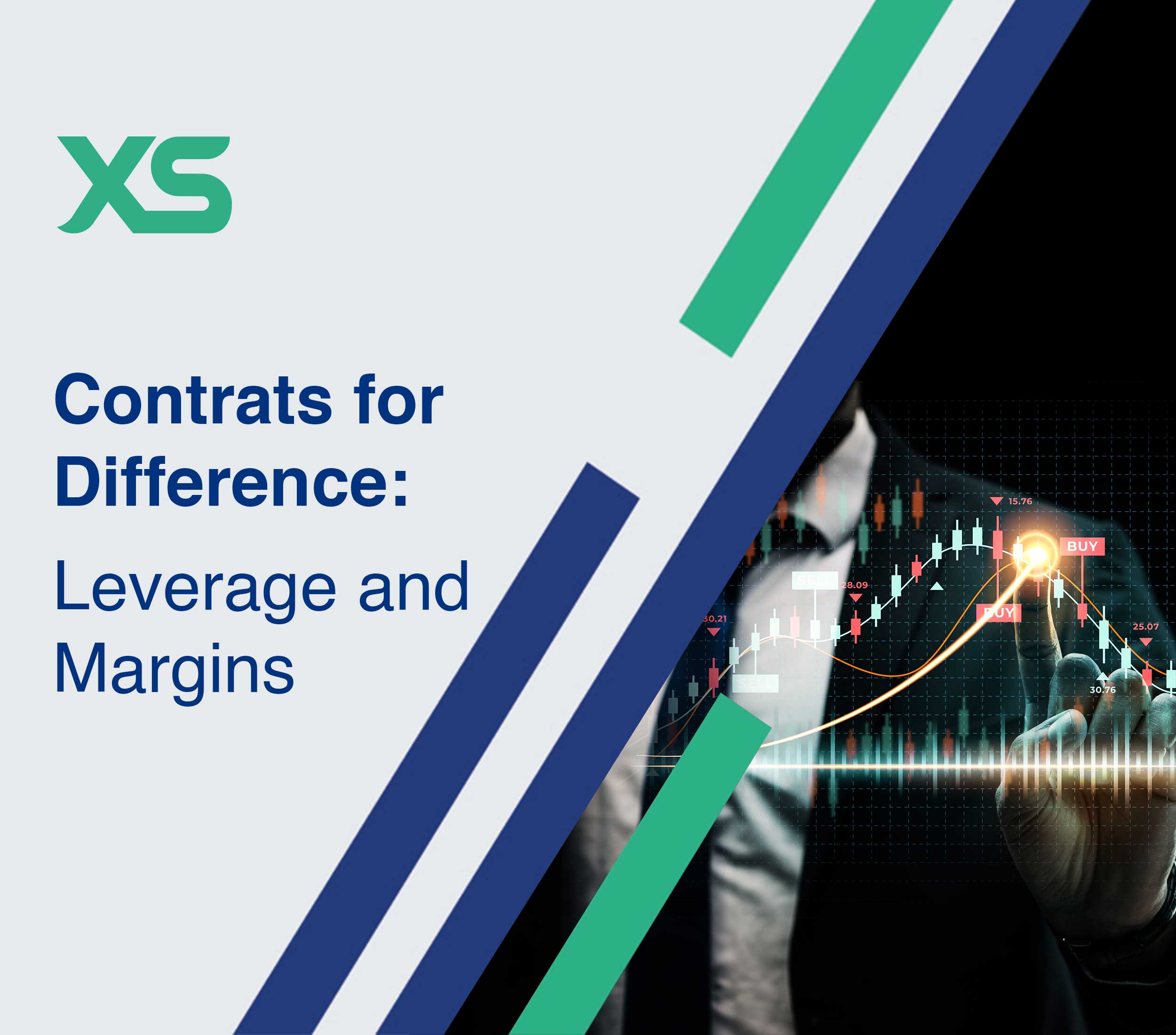CFDs
Navigating CFDs: Benefits and Risks of CFD Trading
By Nathalie Okde
2024 February 02

Navigating the world of CFD (contract for difference) trading can be exciting but daunting at the same time. It’s unanimously agreed upon that CFDs aren’t that easy to get into. Hence, this is why we offer premium multilingual customer support to help you out every step of the way. But, whether you’re a hardened CFD trader or new to the financial market, you must understand the benefits and risks of CFD trading. In this article, we’ll explore the ins and outs of CFD trading to ensure you make informed decisions.
How Does CFD Trading Work?
We’ve already covered in-depth what CFD trading is in a previous article. In short, CFD trading is a type of derivative trading where traders speculate on the price changes of assets.
The CFD trader makes ‘an agreement’ with a CFD broker to pay an asset's price difference. The difference is from the opening price of the contract to its closure. From the sound of it, it sounds like risky waters.
Understanding the Benefits of CFD Trading
Before getting into the risks of CFDs, let’s see why it’s so popular among today’s traders. The main advantage of CFDs is their flexibility. In CFD trading, you don’t own the underlying asset, so you already don’t have this burden on your shoulders.
Moreover, unlike traditional investments, with CFDs, you speculate on price movements so you could profit from the market regardless of its direction.
Besides offering flexibility, CFDs grant access to various tradable instruments. For example, we offer you access to trade CFDs in the following markets: shares, indices, metals, energy, crypto, currencies, commodities, and futures.
Another benefit is that CFD brokers enable individuals to trade with leverage. Leverage enables you to control a more significant position with a smaller initial investment by requiring you to add a smaller portion of the entire trade value.
If the trade goes your way, this can increase your possible gains. But remember that using leverage also makes you more vulnerable to losing money, which is why risk management is vital when trading CFDs.
Exploring The Risks of Trading CFDs
Even though CFD trading is very profitable, it comes with significant risk attached.
CFD Leverage
Trading with leverage is one of the main risks. Leverage can increase your gains, but it can also increase your losses. Using leverage sensibly and placing the proper stop-loss orders is critical to reducing your possible loss.
Market Volatility
Another risk of trading CFDs is the possibility of market volatility. The underlying asset's price, which is liable to abrupt changes, is the source of CFD prices. Significant price changes may result from this volatility, particularly during economic turbulence or news periods. It's critical to be aware of these dangers and employ risk management techniques to safeguard your positions.
Fees and Commissions
Moreover, fees and commissions are additional charges CFD brokers make that may affect your profitability. You must review the fee schedule of the CFD broker you selected in detail and consider how these expenses will affect your trading approach.
Hidden Costs or Conditions
So, first of all, you depend solely on this provider. If he is a scam, you will lose all your money. Second, since it is a contract, if you’re new to trading or unfamiliar with contracts, the broker can hide additional costs and conditions you may not be aware of.
5 Things To Consider Before Trading CFDs
Now that you know the benefits and risks of CFD trading, you might want to start trading now. Hold your horses. Here are five things to consider before trading CFDs.
You must:
- Do your thorough research: Research in-depth what CFD trading is, risks, strategies, and markets. You must also stay up-to-date with the market’s news and the latest changes.
- Have a clear understanding of your investment goals and risk tolerance: You should know how much you’re willing to invest and what profit percentage you want to reach.
- Know how much you’re willing to lose: This is called “risk tolerance”. Remember that there’s always the risk of losing money when trading. So you should know how much you can afford to lose before starting.
- Have a well-defined trading plan: This plan should include the criteria you will use to find trading opportunities, your entry and exit strategies, and risk management methods. Such a plan can aid you in making realistic decisions and steering clear of emotionally-driven impulsive trades.
- Choose a reliable CFD broker: The space is flooded with fraudulent websites and scammy brokers. Therefore, you must know how to choose the best CFD trading platform.
Benefits and Risks of CFD Trading: Which One Dominates?
We’ve presented you with the benefits and risks of CFD trading. Traders navigate towards CFDs because it’s generally profitable and flexible. Moreover, they can trade with leverage to have a solid chance of covering more financial grounds with less capital. Traders also love CFDs because it allows them to diversify their portfolios and trade in multiple markets.
However, it is, without a doubt, a double-edged sword. The leverage we’re talking about how good it is? It can put traders into a loss they can’t afford. The broker that gives them access to various tradable instruments? It might be a scam and steal their money. Not to mention how volatile the CFD market is.
The bottom line is that CFD trading is profitable but comes with significant risk. You must enter the world with great care, and alertness, and the best CFD broker. Good luck!



